Horse Dental Care
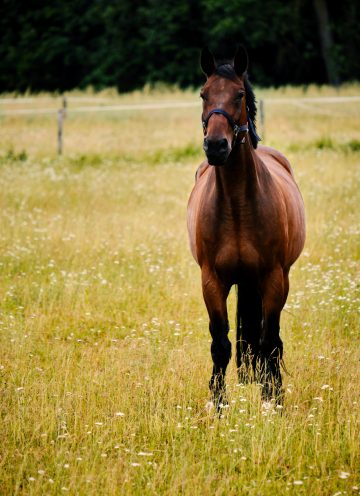
Help stop pet dental pain
Horses Are Grazing Animals
- In the wild, horses normally graze nearly 16-18 hours per day.
- Most horses today do not have the opportunity to graze for hours at a time.
- This lack of natural grazing can cause horse dental problems.
- Without good dental health, your horse's performance and well-being are severely affected.
- Horse Dental Care is well documented, and there's proven simple steps horse owners can take to ensure their horse is no suffering with dental pain.
Annual Horse Dental Exams
In the wild, horses graze for 16-18 hours a day with their heads down, snipping blades of grass and chewing in a circular motion. This natural grazing chewing action naturally wears teeth evenly.
Domesticated horses need regular dental checkups to ensure dental health.
All horses should receive complete dental exam at least yearly, starting from their first year of life!
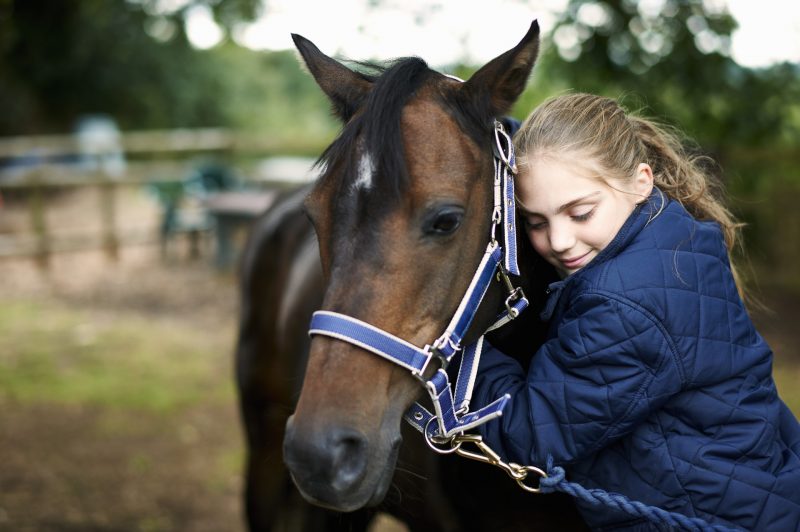


Help stop Horse dental pain
Simple Horse Dental Care You Can Do.
- Annual Dental Checkup
- Pay Attention to Your Horse’s General Behavior
- Pay Attention to Your Horse’s Eating Behavior
- Smell Your Horse’s Breath
- Flush Your Horse's Mouth with Clean Water
- Pay Attention to Signs of Choking or Difficulty Chewing
- Check for Capped Teeth
- Check for Wolf Teeth
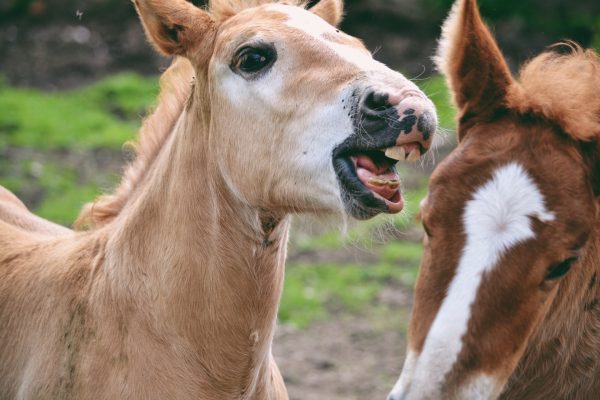
Physical Changes
A change in the smell of your horse’s breath from its mouth and nostrils. A change in the color of your horse’s gums
A change in daily eating habits, including eating hay before grain, dunking hay in water, or larger than normal feed particles in the manure. A dribbling of feed or drooling
Sores on the lips, gums, palate, or soft tissue. Discharge from the eyes or nose.
Behavioral Changes While Riding or Handling. Head tossing. Tilting of the head. Difficulty bridling. Rearing. Grabbing the bit/lack of control.

Excessive Transverse Ridges
Teeth with excessive transverse ridges look like an old-fashioned washboard. While it is normal and desirable for teeth to have ridges, if the ridges become too pronounced they can affect the movement of the mandible and temporal mandible joint. Routine dental procedures can smooth out the extreme ridges.

Hooks
Hooks develop from a misalignment of the molar arcades, commonly caused by an overbite (parrot mouth) or under bite (sow mouth). All herbivores require tooth opposition to wear teeth evenly. The portion of the tooth that is not in contact with an opposing tooth will become longer, causing extreme discomfort. Left unattended, hooks can even lead to weight loss, choke, and potentially colic.
Long sharp points may develop on the first upper cheek teeth known as the second premolars and the last lower cheek teeth, the third molars. This can cause a malocclusion problem and the long sharp points may lacerate the gums and make eating painful. Small hooks can be filed off, and large hooks should be cut off.

Incisor Dental Conditions
Incisor dental conditions are caused by a variety of situations, including retained deciduous teeth, traumatic injuries, and even vices like cribbing or wind sucking, and inherited abnormalities. Emergency situations like a kick to the face are treated on a case-by-case basis. Uneven wear from vices can be corrected by a veterinarian or equine dentist and by altering the horse’s environment to limit cribbing and wind sucking.

Parrot Mouth
A horse with a parrot mouth has upper incisors that protrude or hang over the lower incisors. Horses with a parrot mouth also tend to have large upper hooks and large lower hooks on the molar arcades. According to Shelley Lavigne, Ed, owner of Equine Dental of Central CT. “In most cases, a procedure known as incisor reduction and corrective floating is performed to restore anterior-posterior movement of the jaw and to reduce pressure that this exerts on the Tempromandibular joint.

Sow Mouth
Another example of an incorrect bite or malocclusion in your horse, Sow mouth is the opposite of parrot mouth with the lower incisors projecting beyond the uppers much like those in a bull dog. This condition is less common than parrot mouth.
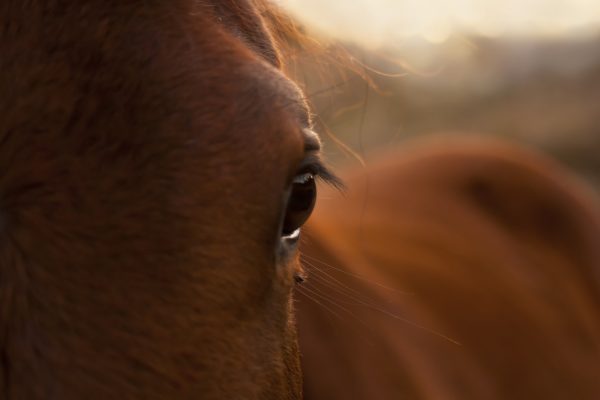
Sharp Enamel Points
According to Lavigne, “Nearly all horses develop sharp enamel points on the outside of the upper cheek teeth and on the inside of the lower cheek teeth over time as the horse’s teeth erupt.” Regular dental check-ups and routine care can eliminate sharp points on teeth.

Shear Mouth
Rather than chewing food in a circular motion, a horse suffering from a shear mouth chew up and down rather than side-to-side. The outer edges of the cheek teeth develop long sharp edges. According to Lavigne, “A horse with shear mouth will have difficulty maintaining a healthy body weight and if left unattended, it can be life threatening. Fortunately, this is a rare dental condition, but frequent, small adjustments can allow the horse to chew normally over time.”

Wave Mouth
Wave mouth describes uneven wear of the molar arcades that create an effect that looks like a roller coaster. Horses with a wave mouth are unable to grind food. Frequent dental care and potentially changes to the horse’s diet are necessary to maintain the horse’s nutritional health.
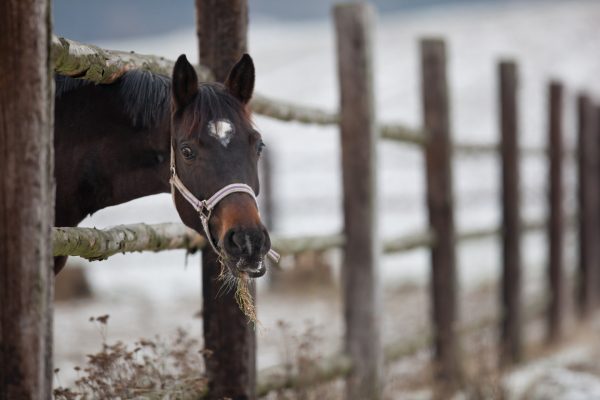
Smooth Mouth
When both the enamel and dentin wear down at the same time, the rough grinding surface of the cheek teeth becomes smooth and the horse cannot grind its feed properly as it chews. Weight loss, digestive ailments such as colic, constipation and malabsorption occur. If the smooth surfaces are the result of improper floating, they may self-correct over a period of time. In other cases, there is no effective treatment and the horse’s diet will need to be changed to soft mashes, chopped wet hay, or processed grain.
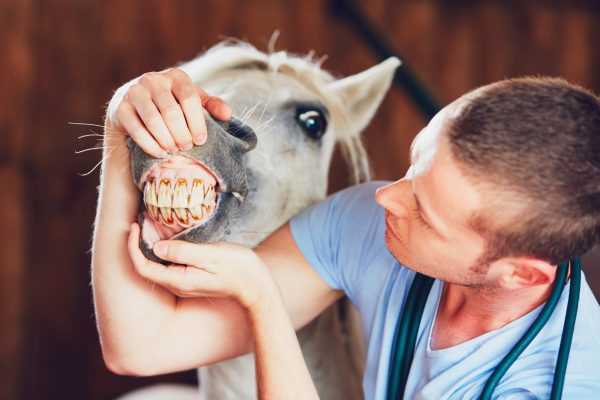
Step Mouth
Changes in the height of adjacent premolars and molars result in this disorder. A lost tooth or a retained dental cap may cause step mouth which is a serious problem because of the difficult the affected horse has in chewing and digesting food. Treatment involves cutting elongated molars and rasping the teeth at regular intervals to prevent the step effect.

Canine Teeth
Canine teeth are large and tusk-like in form. They are commonly found in male horses and may need to be rasped down to prevent interference with the bridle or bit. A canine tooth that fails to erupt may cause a cyst in the gum which should be evaluated by an equine dentist or veterinarian if it causes sensitivity in the gum.
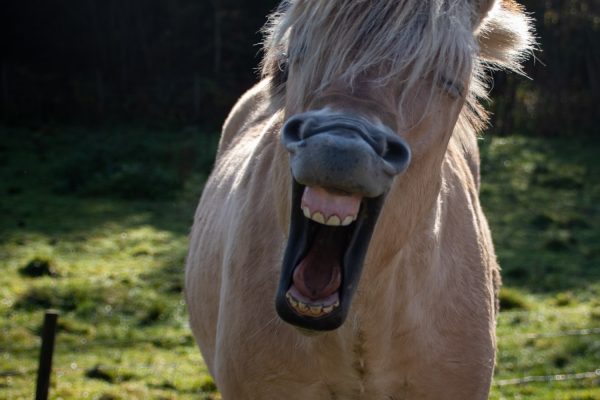
Dental Caps
Dental caps are deciduous or temporary teeth that remain attached to the permanent teeth after they have erupted. The caps can be extremely sharp and may cut the cheek or tongue and interfere with eating. Dental caps should be removed once the adult teeth have emerged from the gum line

Wolf Teeth
Wolf teeth can often interfere with the bit and are often removed. In horses under three years old, wolf teeth can easily be completely removed. Extracting wolf teeth in older horses can become problematic as the teeth become firmly attached to the bone below.

Impacted Teeth
When a horse has a foreshortened upper or lower jaw, insufficient room exists for the teeth to erupt normally. When the teeth cannot come through, they become impacted. If the impacted teeth become infected or create chewing problems, they should be extracted.

Retained Incisors
Retained incisors are similar to dental caps except that the retained incisors are in front of the permanent incisors. These incisors should be extracted to insure a correct bite.

Split or Broken Teeth
A fractured or cracked tooth may not cause any problems especially if the split doesn’t extend below the gum line. If damage to the broken or split tooth involves the root or surrounding bone, the tooth should be removed. The main problem with a split or broken tooth is that the opposing tooth will not be ground down during the eating process resulting in increased length that may interfere with chewing. In this case, the opposing tooth should be floated or rasped frequently to prevent mouth injury.

Supernumerary Teeth
Supernumerary teeth are excess teeth that develop due to the splitting of a tooth bud. These excess teeth create dental crowding that push other teeth out of alignment and may cause gum infection and tooth decay. If the extra teeth injure the gums or cheek, they can be filed or trimmed. In some cases, supernumerary teeth should be removed to keep the regular teeth properly aligned.

Absent Teeth
Missing teeth are fairly common in horses. They are usually caused by failure of normal development of a tooth bud. If the missing tooth doesn’t create a problem with chewing, no treatment is necessary.

Ramps
Ramps are similar to hooks, but more gradual in slope. Ramps on the lower cheek teeth can cause pinching of the soft tissue and will limit the movement of the mandible.
Help stop Horse dental pain
Common Horse Dental Problems and Solutions
Help Stop horse dental pain
Horse Dental Heath
Poor horse dental health not only cause discomfort in your horse’s mouth, but can also affect a horse’s movement and musculoskeletal structures of the neck and back, causing pain, stiffness, and inflammation. Dental checkups are essential for horses. As a horse becomes older, the shape and angle of its teeth begin to change and some problems may occur.
Signs Your Horse May Be Suffering From Dental Pain
- long, unchewed particles of hay in manure
- changes in eating or drinking habits
- irregular movement of lower jaw
- bumps or enlargement on jaw/side of face
- abnormal tongue carriage
- sharp points on front of first lower or upper molars
- oral pain
- head shy
- quidding – dropping
- partially chewed food from mouth
- weight loss
- halitosis
- abnormal slurping sound during chewing
- food pocketing between teeth
- loosening and loss of teeth
- lacerations of cheek and tongue
- “hamster-like” cheek swelling
- very slow chewing
- inappetence
- holding head in abnormal position during eating
using one side of the mouth for chewing - reluctance to eat hay
spending more time eating - abnormal head carriage
resistance to bit
head shaking during work - foul smelling, chronic nasal discharge from one nostril
- excess salivation
- bleeding from mouth
- swelling or distortion of lips
- tooth displacement
Help Stop Horse Dental Pain
You Can Make A Difference!
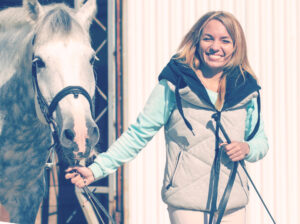
We Need Help!
Sadly most horse owners still don’t even know that their horses need dental care or that they are suffering from constant pain. Help us spread the word about the importance of horse dental care. Help stop horse dental pain!
